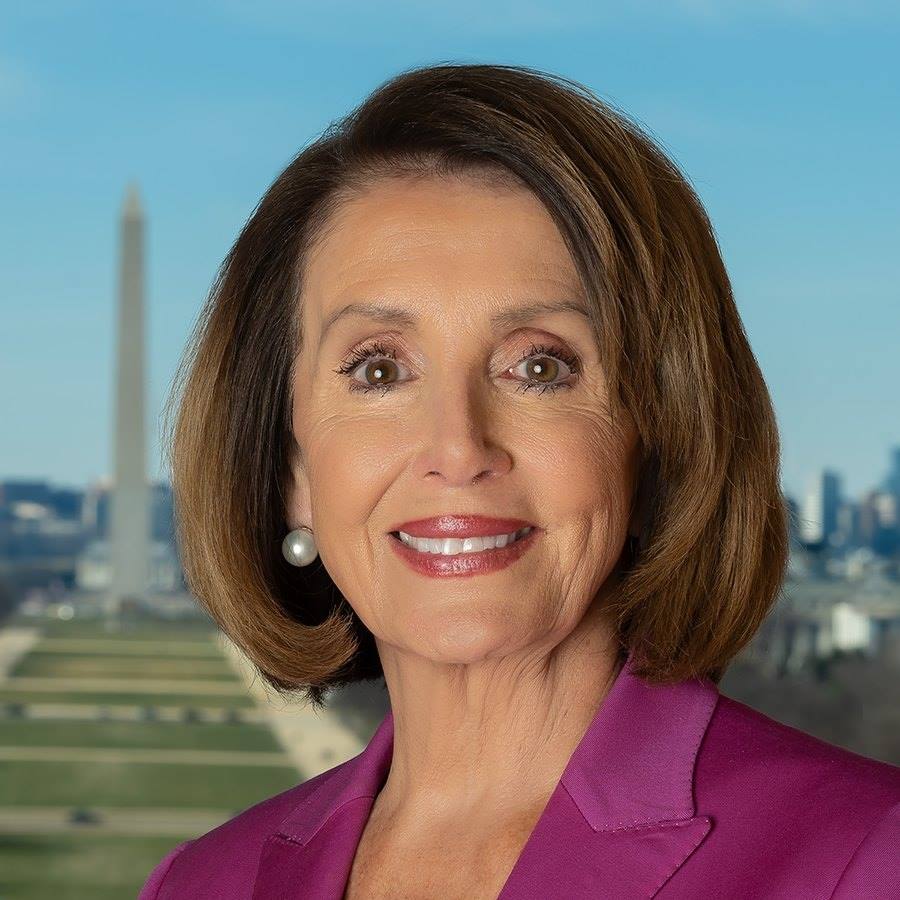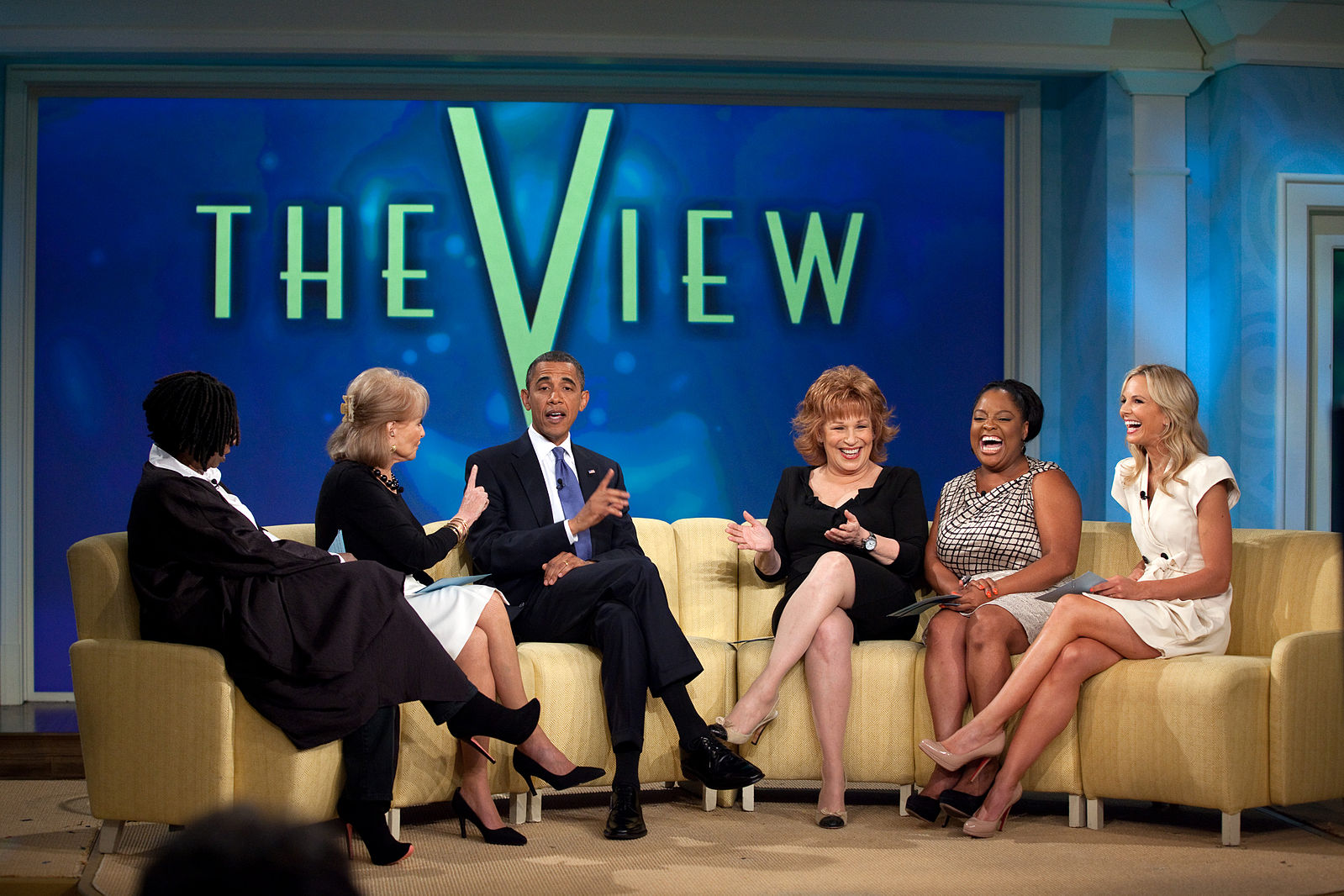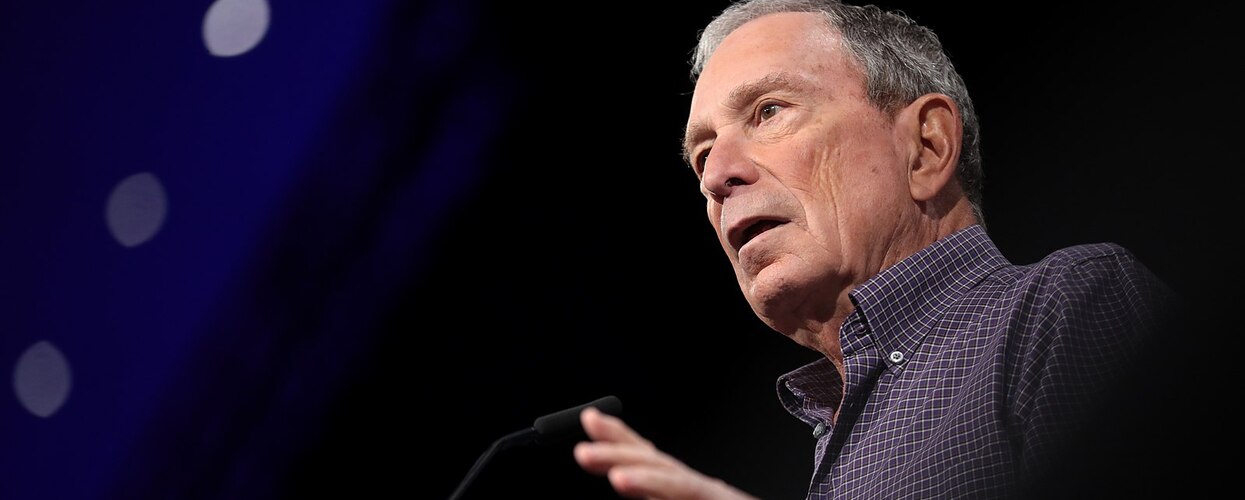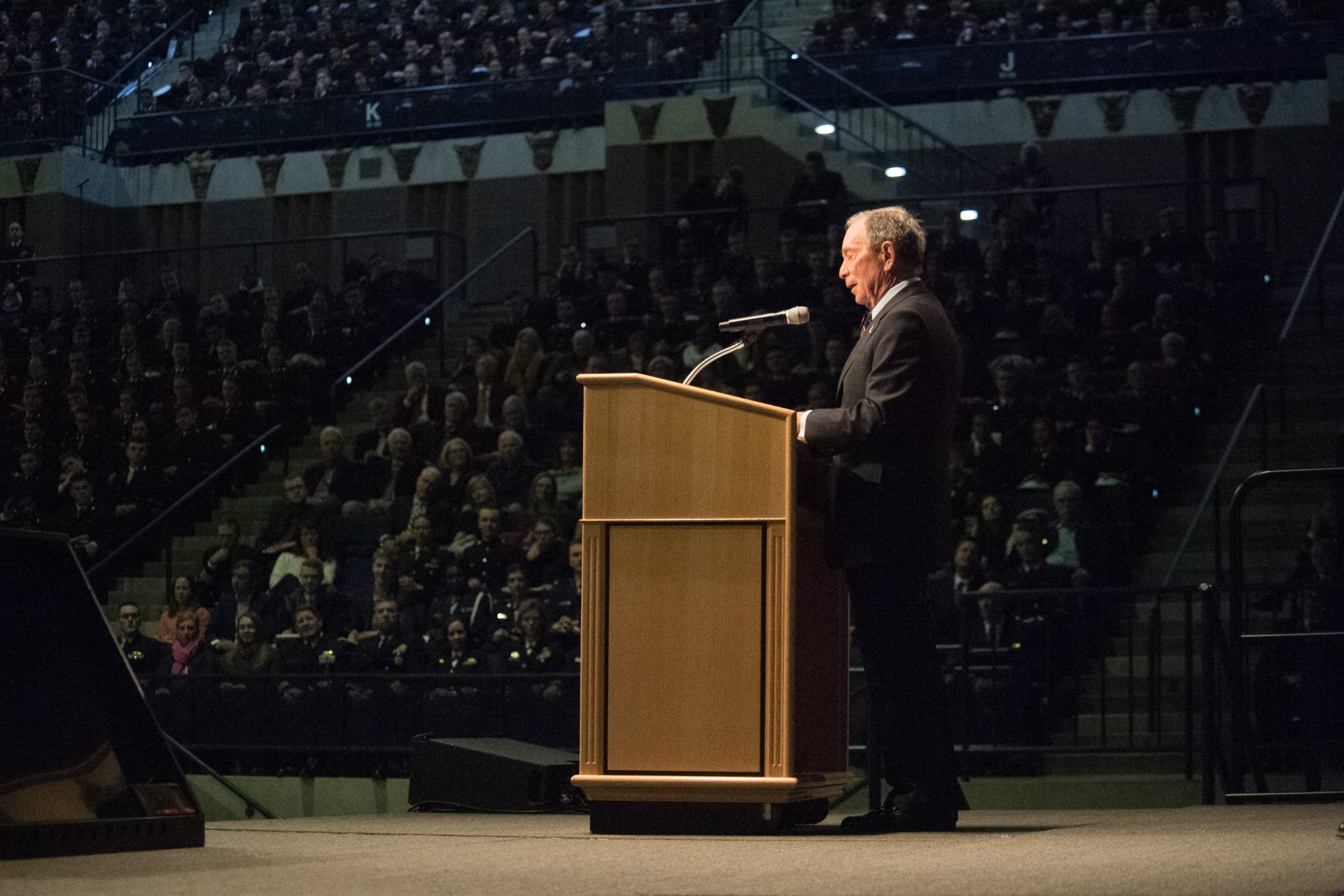A plethora of polling is underway in Iowa, now just 19 days away from voters casting the first ballots of the 2016 election cycle. The new surveys are consistently finding that both party contests have tightened substantially.
For the Democrats, Hillary Clinton had been breaking away from Sen. Bernie Sanders (I/D-VT) since mid-September, but the most recent polls, those conducted since the beginning of this month and year, are making the political atmospherics uncomfortable for the former Secretary of State and First Lady. Sen. Sanders has seen a resurgence of Iowa support forming behind his candidacy, and he has now pulled into a virtual tie with Ms. Clinton.
Since New Years Day, five pollsters surveyed the Hawkeye State Democratic electorate and found Clinton leading in only three of the five studies. According to NBC/Wall Street Journal/Marist College, Quinnipiac University, American Research Group, and Public Policy Polling, the spread between the two candidates now sits in a range of only three to six percentage points. Their sample sizes swing from 422 likely Democratic Caucus attenders to 600 from January 2nd through the 12th.
The fifth pollster, Gravis Marketing, reported their new findings yesterday. Surveying 461 likely Democratic Caucus attenders earlier this week (Jan 11-12), Gravis projects Ms. Clinton’s advantage again soaring to 57-36%, or back in the scope of what we were seeing in mid-September through the end of 2015. Since Gravis derives a much different conclusion than the other four pollsters surveying in the same time frame with similar methodologies, it is reasonable to consider that their latest poll could be an anomaly. We will find out for sure on February 1st.
Sen. Sanders has run strongly in New Hampshire throughout the cycle, so finding him leading there is not particularly surprising. It is important to remember, however, that even if he successfully upends the former Secretary of State and New York Senator in the first two states, his most famous opponent will assuredly rebound when the voting turns to the south. Sanders has little support beyond the Mason-Dixon Line, and it is likely the race will effectively be over on or around March 1st irrespective of how well the Vermont Senator might do in the early small states of Iowa and New Hampshire.
Over the long-term, a strong early performance for Sanders will prove merely an inconsequential bump in the road on Hillary Clinton’s path to the Democratic nomination.
The Republicans are seeing similarly close numbers. The same five pollsters plus two more, Fox News and the Des Moines Register/Selzer & Company, also released numbers between the 1st and 12th of this month (sample sizes ranging from 422 to 602 likely Republican Caucus participants). Here, we find Donald Trump and Sen. Ted Cruz trading the lead (Trump has the advantage in four of the seven polls), but neither has an edge greater than six points.
Six of seven pollsters – again, Gravis Marketing in the outlier – find the Republican race resting between two and four points. Such numbers should favor Sen. Cruz because those studying the campaign uniformly believe the Texas legislator has the most effective Iowa ground operation. The key will be whether the Trump organization can convince their voters to actually attend a caucus meeting as opposed to simply voicing their opinion in a telephone conversation or answering an Internet polling question.
The closeness of both races suggest we could see some surprising finishes come the first day of next month.














